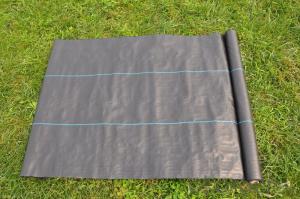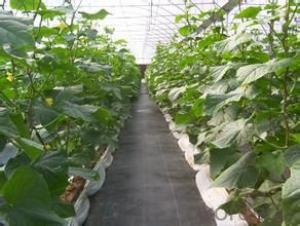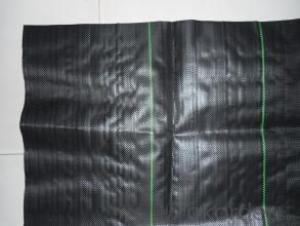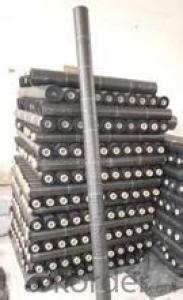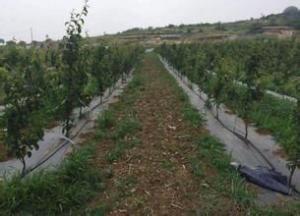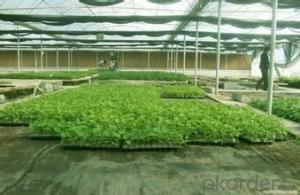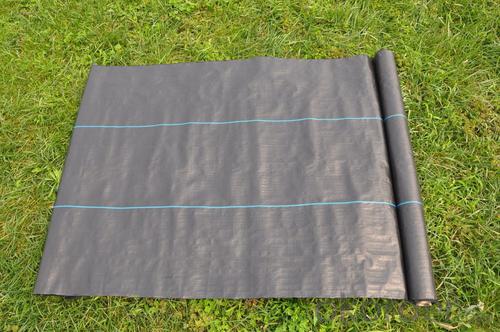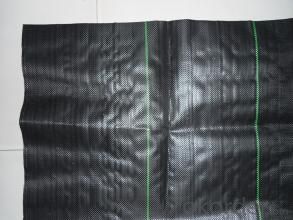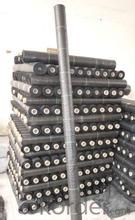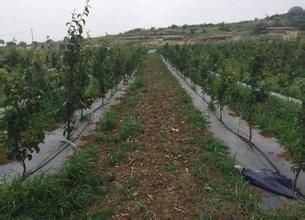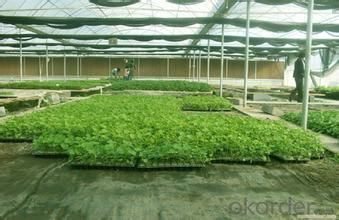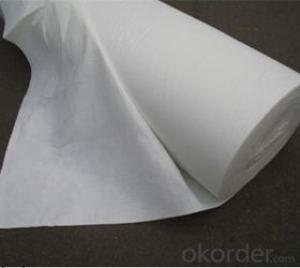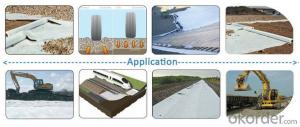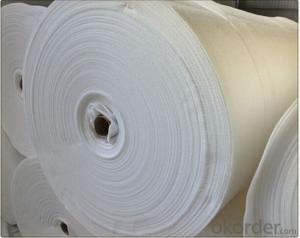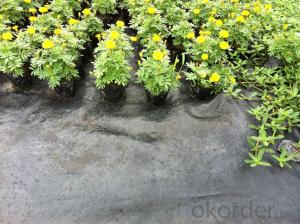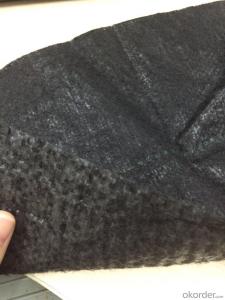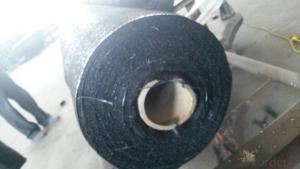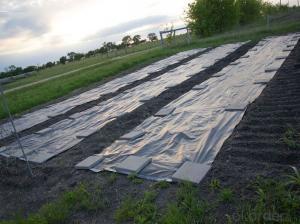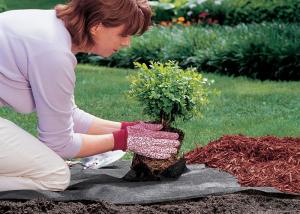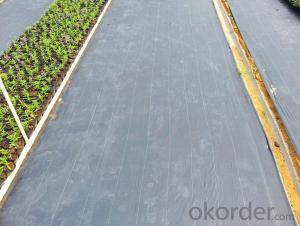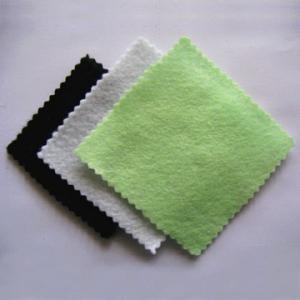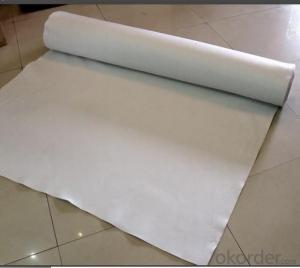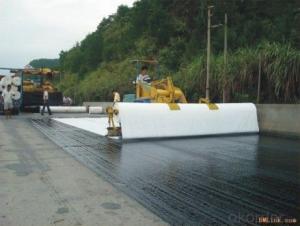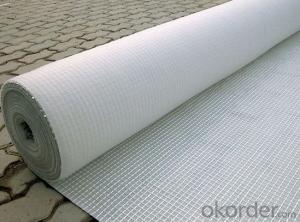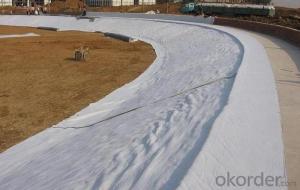Geotextile Stabilization Fabric Silt Fence with Pocket & Wooden Stake/Polypropylene Fabric with 100g
- Loading Port:
- China main port
- Payment Terms:
- TT OR LC
- Min Order Qty:
- 5000 roll
- Supply Capability:
- 100000 roll/month
OKorder Service Pledge
OKorder Financial Service
You Might Also Like
1. Landscape Fabric Introduction
Landscape fabric is made of environmentally friendly raw materials, pp spunbond nonwoven fabric. It used to prevent the growth of weed, without the use of potentially dangerous chemical sprays or labor intensive hoeing. Once installed, weed mat will continue providing protection for years without maintenance.
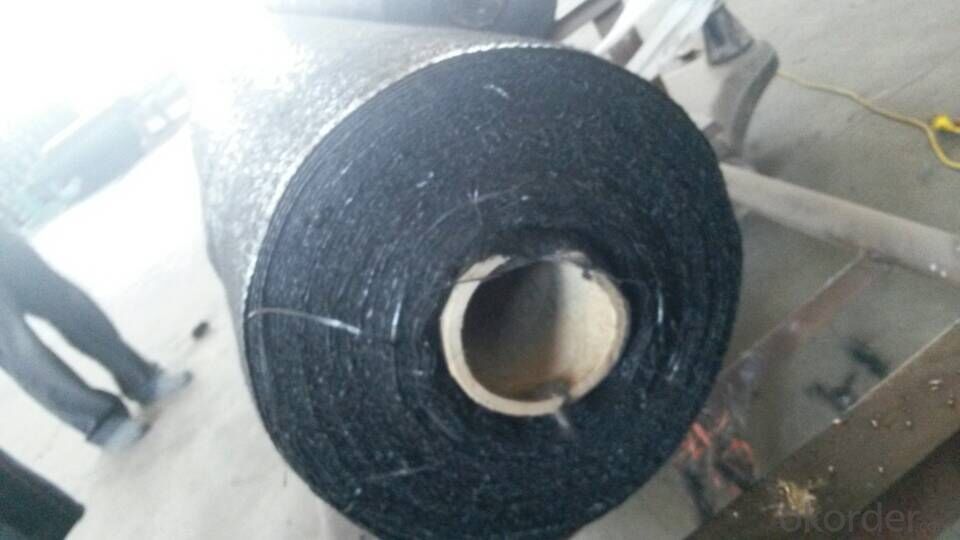
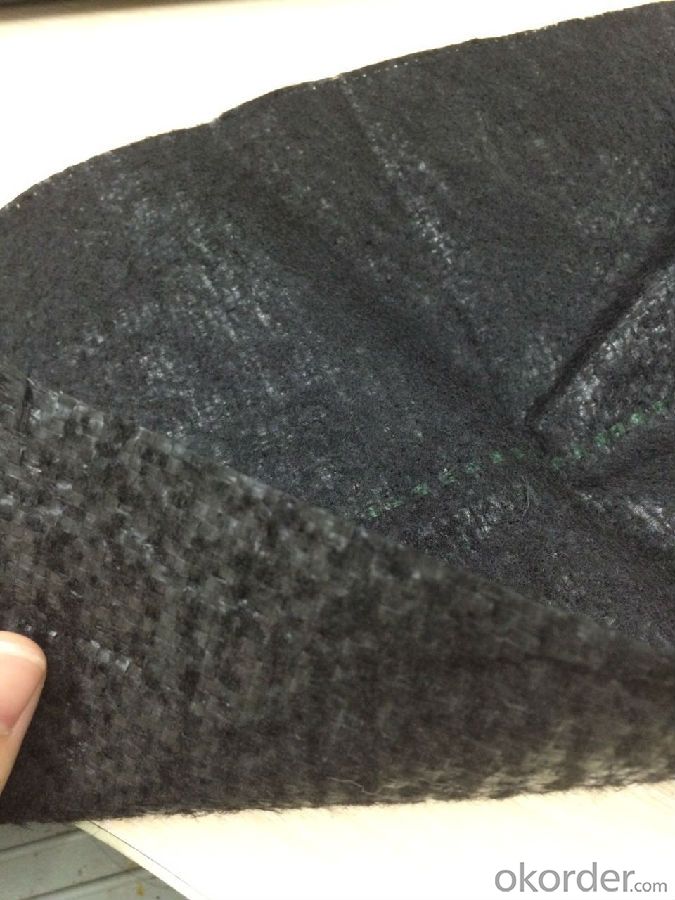
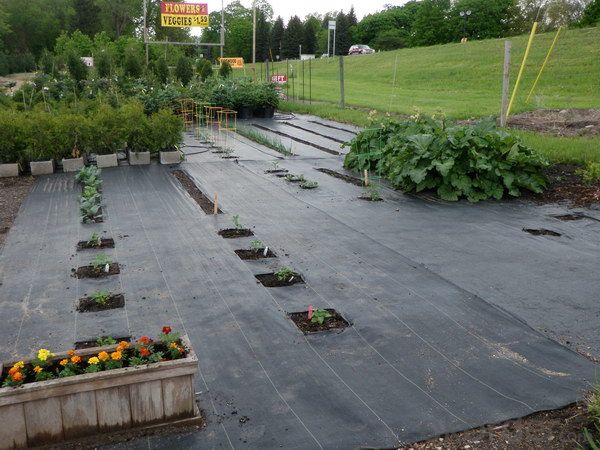

2. Landscape Fabric Feature:
1. Weed suppressant and drainage control landscaping fabric
2. Spun bonded non-woven fabric – will not fray when cut
3. Easy to use
4. Environmentally friendly
5. Allows water, air and nutrients through, suppressing weeds without the use of chemicals
6. Good alternative to Plantex® where cost is a factor
7. UV Stabilised
8. Reduces the level of watering required due to the slower rate of water evaporation
3. Production Function:
1. Cover crops in the ground surface,prevent weeds and against the insect
2. Controlling soil humidity and the temperature
3. Does not affect the growth of the crops
4. Protects plants from harmfully solar radiation
5. Air permeability, water permeability help crops growth.
6. Mothproof, eco-friendly, breathable, anti-bacteria, tear-resistant, fusible
4. Landscape Fabric Applications:
1. Weed block for landscaped garden beds
2. Permeable liners for planters (stops soil erosion)
3. Weed control under wooden decking
4. Geotextile for separating aggregate / soils under walkway blocks or bricks
5. Assists in preventing paving from settling unevenly
6. Landscape fabric prevents soil erosion
5. FAQ:
Q1: What is your minimum order quantity?
A:The minimum order quantity is 5000 ,but it is negotiable.
Q2:What is your payment terms?
A: T/T,Western Union,Paypal,L/C...
Q3:What is your delivery time?
A:Production time usually costs 2-20 days.
Waiting to cooperate with you!
- Q: What are the different factors that affect the performance of geotextiles?
- There are several factors that can affect the performance of geotextiles, including the type and quality of the material used, the thickness and weight of the geotextile, the installation method and conditions, the environmental factors such as temperature and moisture, and the load and stress placed on the geotextile. Additionally, the compatibility between the geotextile and the surrounding soil or aggregate material can also impact its performance.
- Q: What are the key considerations for geotextile installation in high water flow areas?
- Some key considerations for geotextile installation in high water flow areas include selecting a geotextile material with a high flow rate to allow for effective water drainage, ensuring proper anchoring and securing of the geotextile to prevent displacement, conducting thorough site investigations and assessments to determine the appropriate installation method and design, and monitoring the performance of the geotextile over time to identify any maintenance or repair needs. Additionally, considering the environmental conditions and potential impact on the geotextile's durability is crucial in high water flow areas.
- Q: What kind of geotextiles are used in highway geotextiles?
- Highway geotextile is a new type of civil artifacts material, for the construction of geotextile highway can also be Hongxiang filament geotextile, not only need to resist the complex stress under the comprehensive mechanical properties of tensile properties, etc. But also to ensure that a variety of natural factors under the influence of a long time, the overall performance does not produce significant attenuation, that is, long-term stability, high and low temperature performance, anti-aging properties. Hongxiang filament geotextile can improve the carrying capacity of the road, can improve the road in the process of using the structure of the destruction of the problem
- Q: Can geotextiles be used in geosynthetic clay liners?
- Yes, geotextiles can be used in geosynthetic clay liners. Geotextiles are often used as a component in geosynthetic clay liners to enhance their performance by providing separation and filtration functions. They help to prevent the migration of fine particles and offer additional reinforcement to the clay liner.
- Q: Is there a geotextile in the center of the expressway
- This is needed, the manufacturer answers
- Q: What are the factors that affect the effectiveness of geotextiles in erosion control?
- The factors that affect the effectiveness of geotextiles in erosion control include the type and quality of the geotextile material, the installation method and technique, the slope gradient and soil conditions, the presence of vegetation, and the level of maintenance and monitoring.
- Q: How many grams of geotextiles on the top of the garage
- Drainage board is generally 1000 grams 20MM, geotextiles generally require 250 grams, you need to contact Huazhi geotechnical materials manufacturers to answer your questions
- Q: I was just doing anti-seepage film and geotextile clerk do not know how to find this project? add me
- First to do network promotion, so that customers find you, and slowly familiar with the product and trading skills, or join the bidding information website members, such as China procurement bidding network, navigation network (senior members can also check the tender information, know in advance, ahead of time) , Shengshi Hengtong run directly to the site
- Q: What are the advantages of using geotextiles in agriculture?
- Geotextiles offer several advantages in agriculture, including erosion control, weed suppression, moisture conservation, and improved soil condition. They prevent soil erosion by stabilizing slopes and preventing sediment runoff, ensuring the longevity of cultivated areas. Geotextiles also act as a barrier to weed growth, reducing the need for herbicides and manual weeding. Additionally, they aid in conserving moisture by reducing evaporation and maintaining soil moisture levels. Furthermore, geotextiles promote better soil structure and fertility by preventing soil compaction, improving aeration, and facilitating nutrient absorption.
- Q: Composite waterproof board, is the waterproof board and geotextile stick together call it?
- Yes. Now there are mainly adhesive technology, thermal composite process, Laminating process.
Send your message to us
Geotextile Stabilization Fabric Silt Fence with Pocket & Wooden Stake/Polypropylene Fabric with 100g
- Loading Port:
- China main port
- Payment Terms:
- TT OR LC
- Min Order Qty:
- 5000 roll
- Supply Capability:
- 100000 roll/month
OKorder Service Pledge
OKorder Financial Service
Similar products
Hot products
Hot Searches
Related keywords
